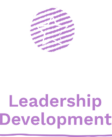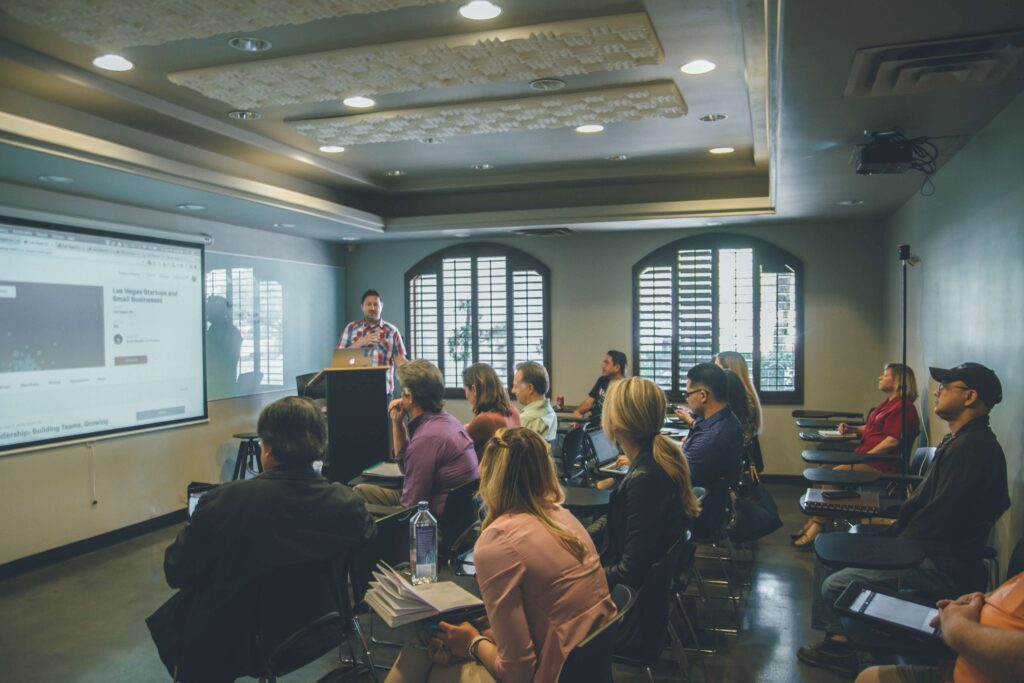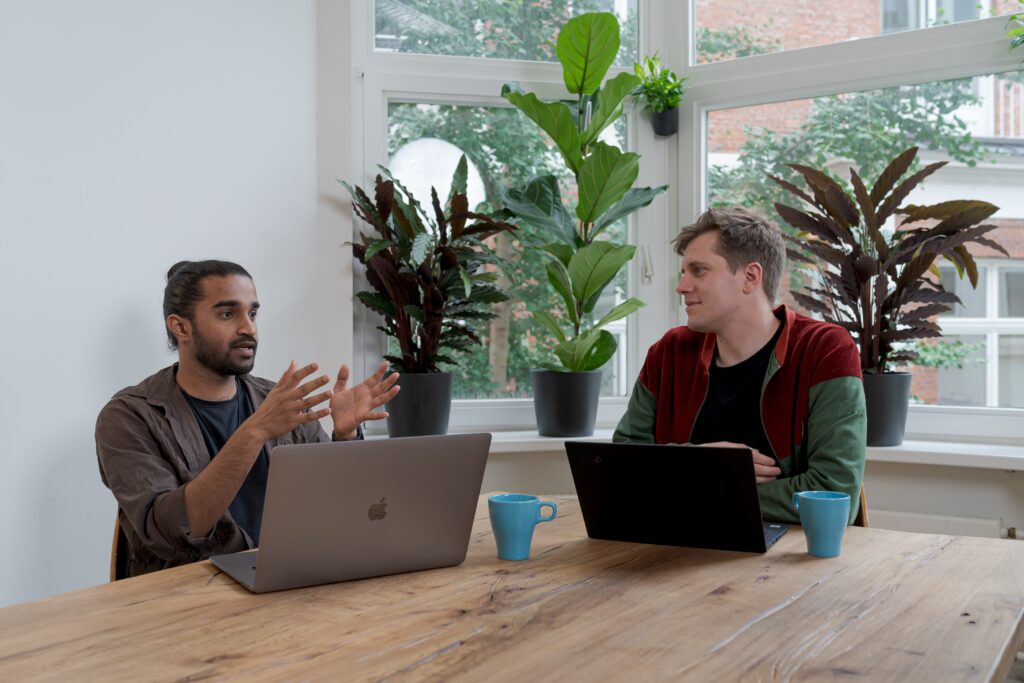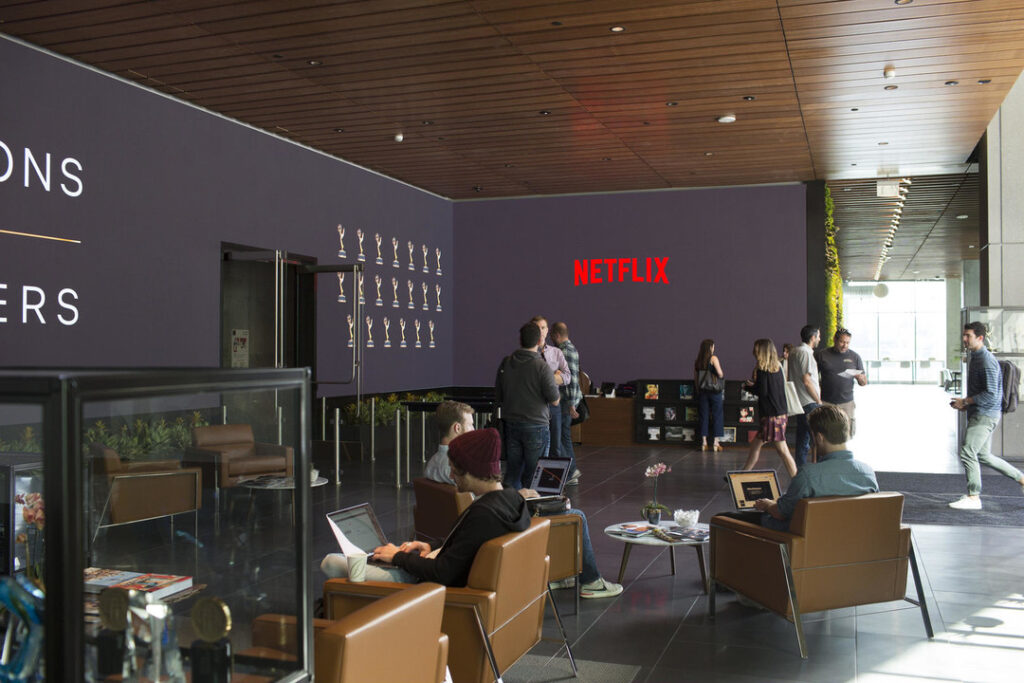To stay competitive and achieve growth in today’s rapidly changing world, nearly every business these days needs to regularly integrate new technologies. B2B tech companies have been responding to these market demands, growing and scaling as they empower other businesses with new platforms and solutions.
But without proper guidance, customers of B2B tech companies–and their employees–can be left confused and frustrated. Employees often need to acquire new technical skills to even use tools and platforms purchased from B2B tech companies. Further, at least some individuals in the purchasing company need to understand the inner workings of these technologies to truly maximize benefits.
Since 2011, learning designer Ray Kung has been on the frontlines of confronting these challenges as organizations integrate new technologies into existing workflows. He has built and altered customer education programs at Docker, Nutanix, and Citrix, three B2B tech companies whose offerings improve workplace productivity.
But Ray has been doing more than communicating information about his companies’ technologies to his clients. He has instead transformed technical training by adding a whole new approach. In an exclusive interview, Ray gave us an inside look into how he pioneered the application of design principles to customer education. He also provided a preview of what’s to come on the frontier of design thinking for technical learning.
Why Design Thinking?
In his eight years of experience, Ray has learned that customer education programs should avoid using one-size-fits-all approaches, because they can be ineffective and inefficient. In such approaches, employees in different roles are put into one program to receive the main overview of a new platform or product’s capabilities. They then must learn to filter out what’s important for their own specific role and functions within an organization.
Instead of using this one-size-fits-all approach, Ray applies design principles to his programs to ensure that the entire experience of learning for different employees is custom-fit for specific organizational goals and role-oriented needs. With its “human first” perspective, as he calls it, design thinking focuses on empathizing from the position of the person who is learning, taking into account their needs and motivations.
Empowered with this human-centered perspective, Ray focuses on designing learning experiences that can be tailored and altered for learners with different purposes, needs, knowledge bases, and skills. By “meeting learners where they are,” learning experience design can make sure new users understand how a technological solution works, how to use or implement it for their specific purposes, and how to innovate in the process.
The Challenges of Design Thinking for Learning
In 2010, Ray was working on his Master’s in Higher Education on a design thinking approach for on boarding community college students. But design thinking—now integrated into operations at Apple, IBM, and Alphabet, to name just a few companies—was not as pervasive as it is today. Luckily, Ray landed a job at a design-led company, Citrix, after completing his degree in 2011. At Citrix, there was a commitment to integrating design principles into the organizational processes, as Ray describes it.
However, what it would mean to apply design thinking to learning problems was still unclear at that point. Ray remembers that he had to make a case for why the design thinking approach to user interface (UX) and the entire customer experience (CX) of a product had to be distinguished from the experiences needed to instruct and develop human skill. “It was quite a struggle to get mindshare around what it meant to develop and improve on customer experience as a learning experience,” he recalls.
In particular, the idea of creating a learning experience—as something unique from a structured curriculum of content topics to be covered—had yet to gain traction in the corporate world. Ray recognized that he had to alter design thinking models specifically to respond to the unique challenges of thinking of the user as a learner, rather than a consumer.
“A lot of design thinking or UX design is about making things as simple, as usable, and delightful as possible. But there are some realities that just aren’t that simple; there are some realities where you need human skill,” he explains, “For a learning experience, there needs to be some level of challenge. Things can’t be too simple or delightful. You need to go through a growth mode that involves some pain, some un-delightfulness. This was really an idea we had to evolve to as a field: how do we get a great user-focused experience where you’re optimizing for learning? It’s not easy. You need to make sure things don’t distract you from that moment of learning and growth.”
Innovating on Learning Programs
With an eye on maintaining the challenging moments of learning while minimizing other sources of friction for learners, Ray innovated on learning programs at his various companies.
For example, at Nutanix, he saw an opportunity to redesign what was a 3-day, instructor-led course into a hybrid course. The original course was an in-person experience, because it required hands-on learning of how to use a complicated product that was too expensive to be widely distributed. “The labs then became the bottleneck,” he explains. “We couldn’t just give everyone the product to use and work on themselves, due to the expense and limited number available.”
Seeing this problem, Ray turned to the course design. The challenge was to make the process more efficient and effective, while ensuring that everyone could maintain the learning moment of in-person use of the expensive product.
To do this, he separated out the concept-based teaching moments from what needed to be communicated in person, and he turned the concept-based content into at-home e-learning modules. He then offered scheduled time slots where learners could sign up to work on labs for hands-on, in-person learning with the expensive product. This allowed him to scale the number of people that could go through the course, and it saved on the amount of time needed to instruct this number of people. At the same time, he was able to give everyone access to that all-important learning challenge of using their newly acquired knowledge on the actual product.
For L&D professionals or CX curriculum creators, Ray advises that innovators in the field need not reinvent the wheel to integrate design principles into their learning projects. “I want to encourage people to be innovative and entrepreneurial. Look for opportunities and take some initiative to apply this. This could happen in existing projects. It doesn’t need to be an approved and sponsored project.”
He also advises that using design principles in existing projects can be as simple as minimizing pressure points. “Think about how you can eliminate the friction involved in learning—even in simple things,” he emphasizes. For some projects, as Ray sees them, the elimination of friction might be as simple as minimizing the number of clicks or frustrations to search for the right content. For others, learning experience design might focus on curating content to ensure that the important learning moments receive their necessary share of attention.
Having established design principles in curricula for customers and users at Citrix, Nutanix, and Docker, Ray has now embarked on a mission to create a library of design learning patterns while heading up his new consultancy, Ray Kung Consulting. Here’s a sneak peek at his effort, and a look at how other technical learning designers can contribute to the project.
The Next Frontier: A Library of Design Learning Patterns
With eight years of experience designing learning programs at various companies, Ray has seen many of the same types of challenges again and again. For situations where a technological solution or platform requiring a new skill set is introduced into an organization, he has begun the work of distilling learning problems and their potential solutions into their primary components, and offering potential patterns that can help design solutions.
His goal is to create a library of design patterns that teams could quickly reference when confronted with an organizational problem. “The concept of having a library or catalogue of design patterns for your profession allows you to operate more effectively in your job,” he explains. “When you’re building a project you don’t have to recreate everything. And you don’t have to wonder ‘Who might have solved this before?’ There’s just a resource here, a catalog of how this was solved for this challenge.”
For example, in the “Cascade Learning Design Pattern,” Ray answers the question: How might a program transfer technical knowledge and skills residing in only a handful of subject-matter experts at a company to a large number of people, given a limited amount of time? In his “Cascade Learning” pattern, Ray offers a solution that helps avoid over-utilization of the limited resource (the subject-matter experts): by first identifying the key knowledge disseminators in particular teams, the subject-matter expert can help coach these potential instructors on how to employ knowledge and skills for their particular organizational functions.
This 1:1 “coach-the-coach” model might initially seem slower to start, Ray warns in his catalogue, but with some initial patience, its impact can have an exponential payoff.
His patterns also identify potential points of failure. For example, in the above Cascade Learning Pattern, the subject-matter expert intended to coach into existence new, organizationally-specific subject-matter experts might be unskilled in mentoring or facilitating knowledge transfer. Users of this pattern could then watch for this issue, and apply his recommended solution: they could tap into organizational programs that might help the subject-matter experts become a more skilled facilitator or mentor. Failing this capacity to do so, the pattern recommends using external resources to help scale knowledge transfer.
Ray hopes to crowdsource this catalog beyond his own experience, so that all learning designers can find a pattern that fits their needs. As he sees it, once professionals can learn to look into this catalogue and find the right pattern, this will facilitate the process of implementing the right organizational solution for their learning problem, so that they can then focus attention on catering the details of this solution to their particular issues or situations.
Interested in contributing to his project or want to know more about what design patterns might already be available? Come see Ray talk at TechKnowCon 2019 on October 17, he will be giving an indepth look at several of the design patterns available in his catalogue and sharing his experiences using them to solve particular learning problems. Check in with him to see his work in progress, or attend TechKnowCon by registering here.
Can’t make it to his talk? Check back here after the event for a recorded video of the session.
Based on an interview between Ray Kung and Eaming Wu. Written by Eaming Wu.







